How long have you been engaged in the textile industry? Have you been doing this for so long? Do you really know all the twisting tips below? Let’s check our own situation today!
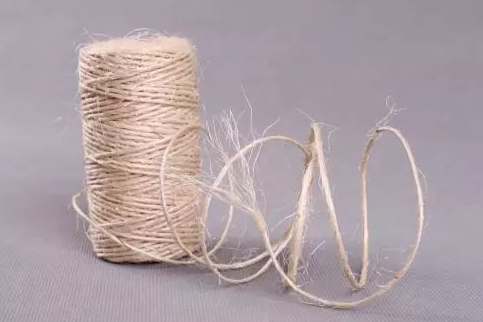
Twisting is to cause the two cross-sections of the sand bar to rotate relative to each other. At this time, the original parallel yarn axis in the yarn bar is The fibers tilt into spirals.
The essence of twisting is that the outer fiber produces an inclined spiral twist, the fiber is twisted and deformed, and the yarn slivers are tightly held together, changing the overall structure of the fiber. Morphological and mechanical physical properties.
The twist amount and the twist direction and twist degree of the yarn in the fabric are used to indicate the degree of twist.
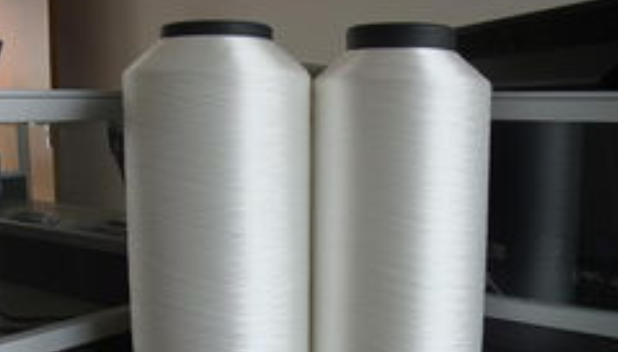
The two cross-sections of the yarn produce an angular displacement of 360°, which becomes a twist, which is usually called a turn, and the yarn The number of twists per unit length is called twist.
my country’s cotton yarn adopts special twist system, which is expressed by the number of twists within 10 cm yarn length; combed wool yarn and chemical fiber filament use special number system. Metric system twist is expressed in the number of twists per meter.
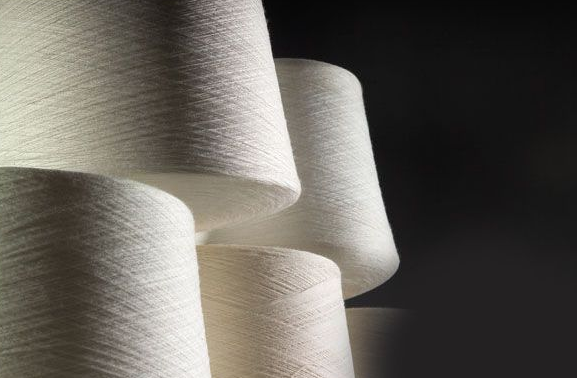
If the yarn cross-section is regarded as a circle, the angles between the fibers at different radii and the yarn axis are different. In order to express this situation, the twist width index is introduced.
Twist direction refers to the inclined direction of the fibers in the single yarn or the single yarn in the strand after the yarn is twisted. It is divided into two types: Z twist and S twist.
After twisting, the twist direction of the yarn is from the lower right corner to the upper left corner, and the tilt direction is consistent with the middle of the “S”, which is calledS twist Or twist it smoothly;
The twist direction of the yarn is from the lower left corner to the upper right corner, and the tilt direction is consistent with the middle of the “Z”Z twist or backhand twist.
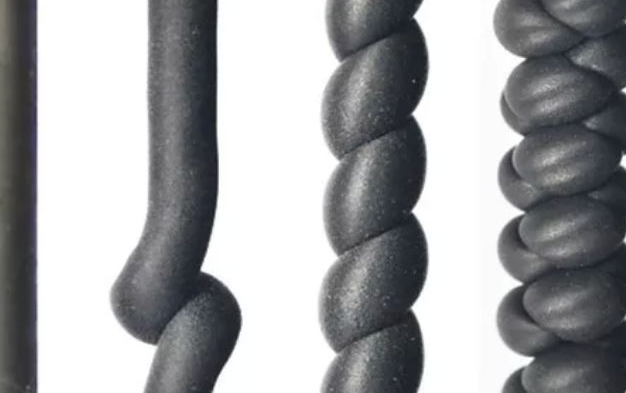
Often, twisting has the following requirements:
1. The finished yarn should obtain the best strength, elongation, elasticity, flexibility, gloss and feel;
2. Make the finished yarn The structure and form are diversified;
3. It can improve the twisting efficiency of the yarn.
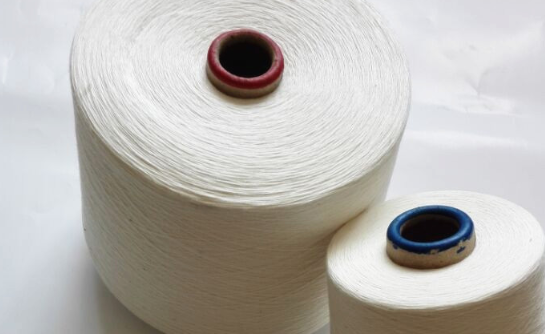
The twisted yarn has the following advantages:
1. It has certain strength, extensibility and elasticity, and must be able to withstand various mechanical forces during textile dyeing, finishing and use;
2 .It has good length, friction and cohesion, and strong spinnability. Fibers that are too short can only be used for papermaking or recycled fiber raw materials;
3. It has hygroscopicity and thermal stability, which is beneficial to dyeing, finishing, and consumption. Comfort. ;
4. It has good chemical stability and dyeability. The dyeability ensures that the final textiles are colorful and consumers like them.
It can be said that for short fibers, twisting is mainly to improve the strength of the yarn, while twisting of filaments can improve the strength of the yarn. It can also produce a certain effect and yarn.







